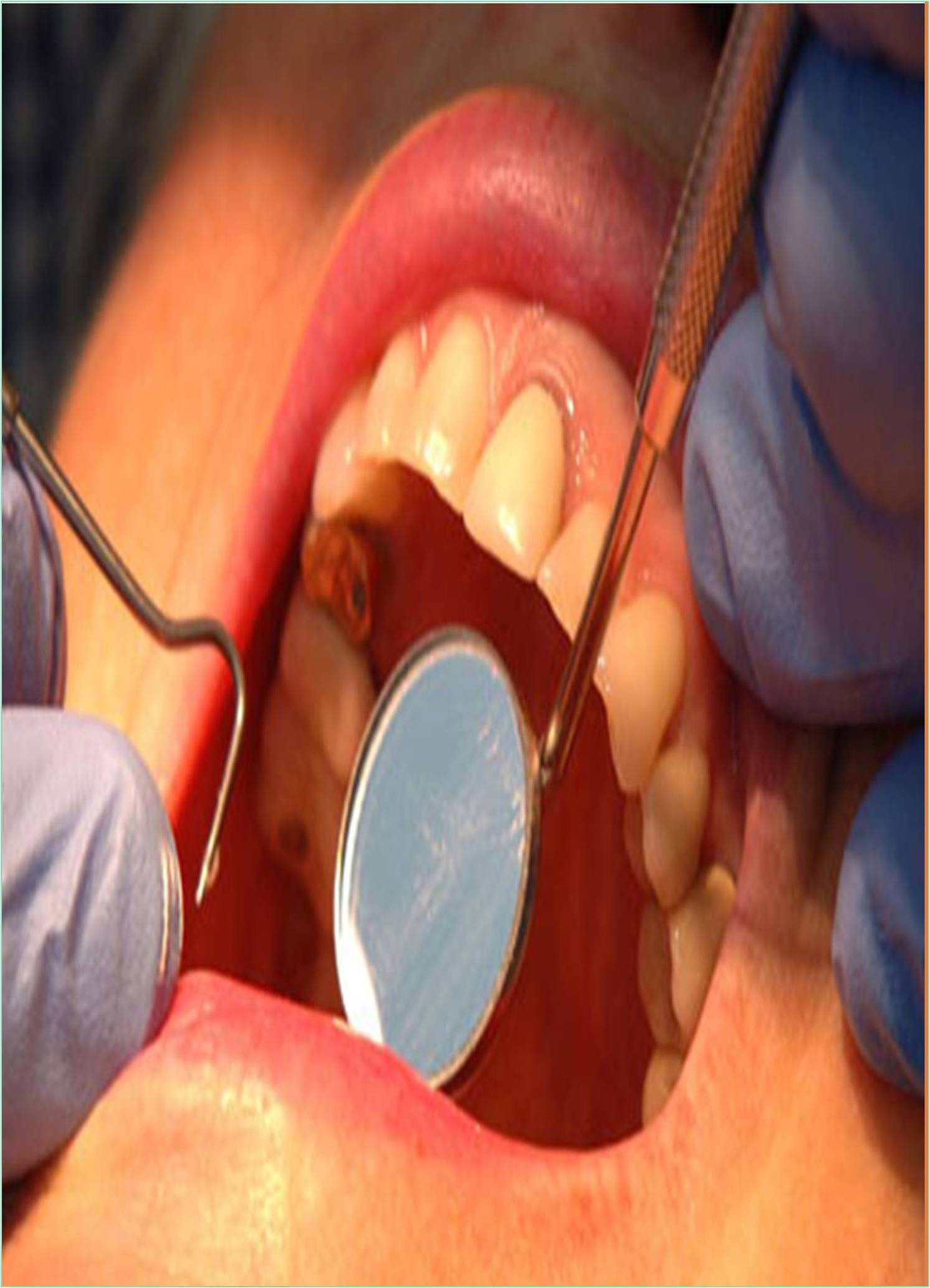



Received: 03-Dec-2021 Published: 24-Dec-2021
Oral hygiene is the practice of keeping one’s mouth clean and free from infections and other problems (bad breath) by brushing your teeth regularly ( drawing your teeth) and brushing your teeth. It’s important that oral hygiene is done regularly to help tooth decay and bad breath. The most common types of dental conditions are tooth decay tooth decay and goo complaint, including gingivitis, and periodontitis. Occasionally white or straight teeth are associated with oral hygiene. Still, a clean mouth can have dirty or crooked teeth. To ameliorate the appearance of their teeth, people can use dental hygiene treatments and orthodontics.
The significance of the part of the oral microbiome in dental health has been decreasingly honored. Data from mortal microbiology studies indicate that the commensal microflora can shift to an opportunistic factory with complex changes in its terrain. These changes are driven by the host rather. there are origins. Archaeological substantiation of a cited toothbrush shows pronounced mutations in the oral microbiome to the microbiome associated with complaint and cariogenic bacteria that came active during the Industrial Revolution. Ultramodern oral microbiota is veritably different from literal numbers. caries, for illustration, has come a major complaint affecting 60-90 of academy children in industrialized countries. Tooth decolorizing removes shrine and tartar from teeth to help depressions, gingivitis, goo complaint, and tooth decay. Severe goo complaint causes at least one third of adult tooth loss. Since pre-recorded history, a variety of oral hygiene measures have been used to clean teeth. This has been verified by colourful excavations around the world, where biting sticks, tree branches, raspberry feathers, beast bones, and porcupine holes have been plant. Throughout history, colourful types of toothpaste tools have been used. Indian drug (Ayurveda) used the neem tree, or daatun, with its products to make toothpaste and analogous products; one chews one part of a neem branch until it resembles a bristle encounter, and uses it to encounter your teeth. In the Islamic world, miswak, or siwak, made from a branch or root, has antiseptic parcels and has been extensively used since the Islamic Golden Age. Brushing baking pop or chalk on the teeth was also common. Still, this can have serious consequences in the long run.
Regular brushing and flossing is a major way to help numerous oral infections, and maybe the most important thing a person can do to reduce shrine buildup. Controlling adipose acids reduces the threat of developing cataracts similar as gingivitis, periodontitis, and caries-the three most common oral conditions. Multiple oral health care Experts agree that brushing your teeth should be done at least two twinkles, and done at least twice a day. Normally the body’s natural defenses and good oral health care, such as daily brushing and brushing, keep germs under control. However, without proper oral hygiene, germs can reach levels that can lead to oral diseases, such as tooth decay and gum disease.
The author has no area of interest.
None.